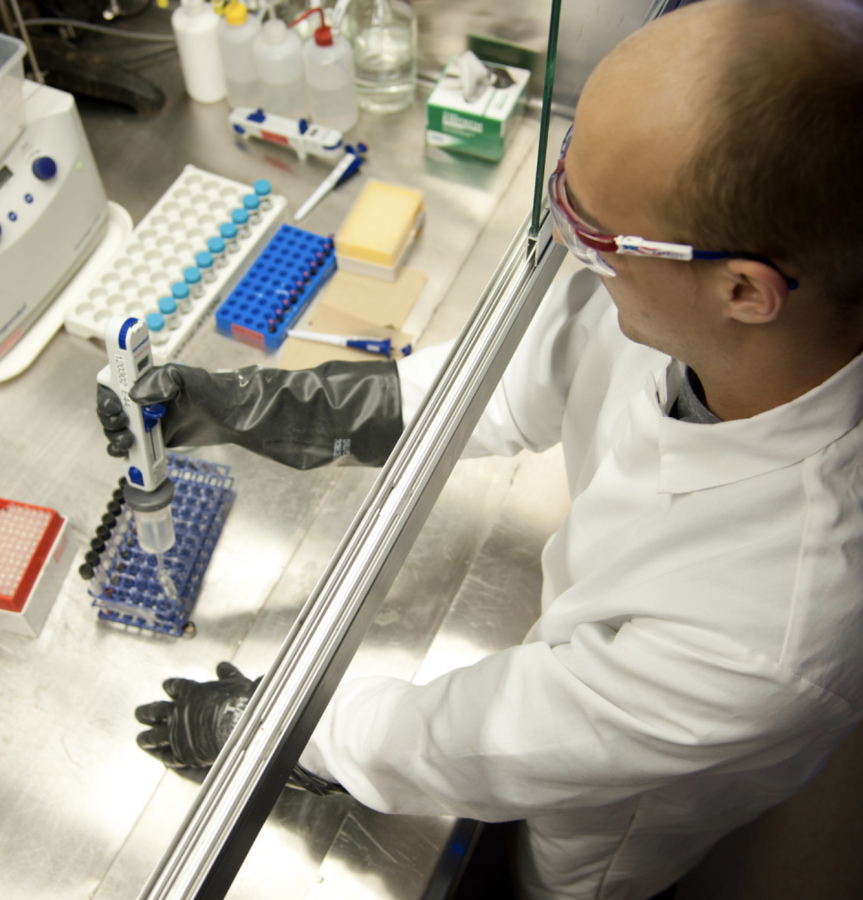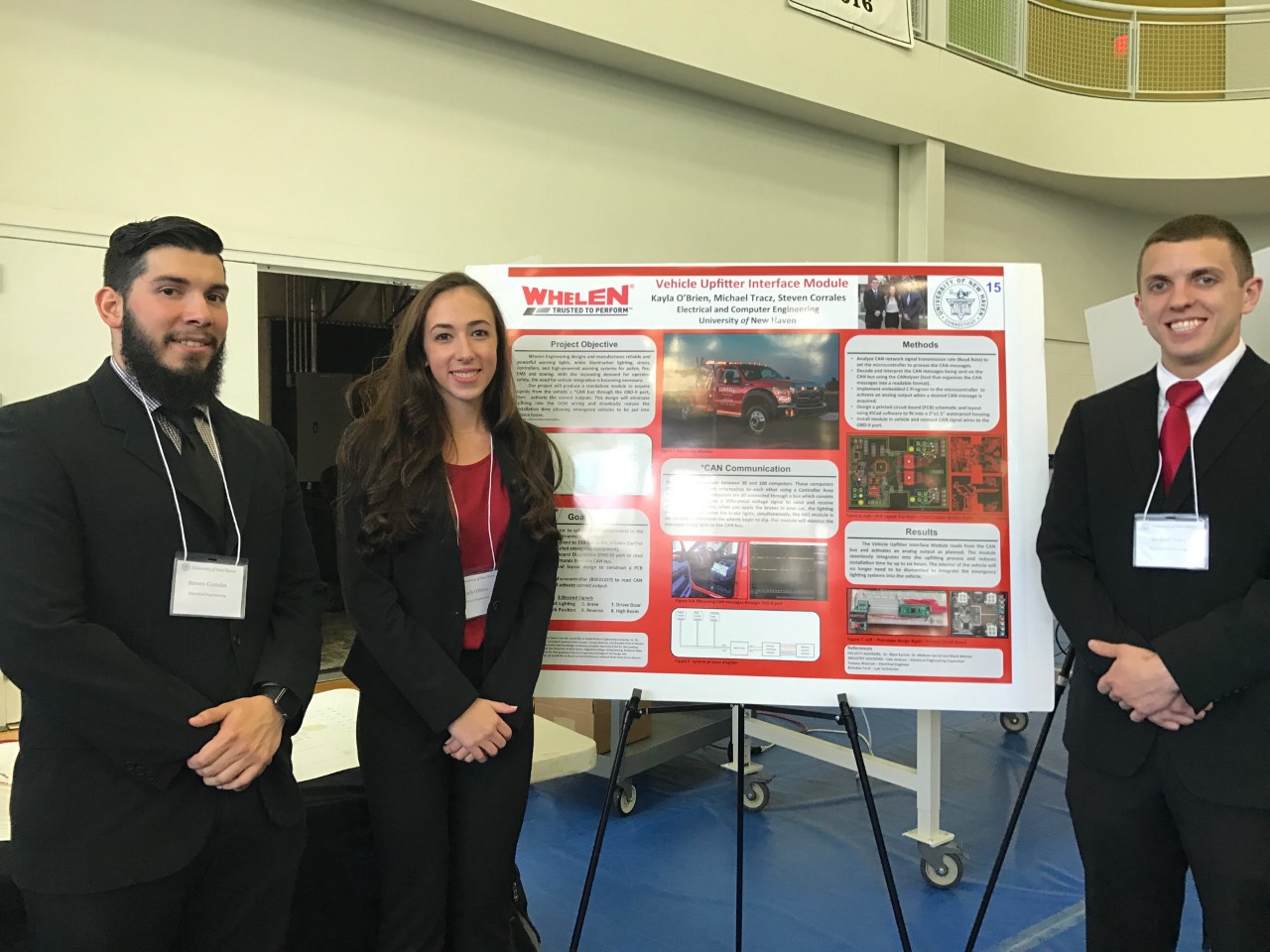From The Associated Press
MOSCOW – Russia should build a new nuclear-powered spaceship for prospective manned missions to Mars and other planets, the nation’s space chief said Thursday.
Anatoly Perminov first proposed building the ship at a government meeting Wednesday but didn’t explain its purpose. President Dmitry Medvedev backed the project and urged the government to find the money.
In remarks posted Thursday on his agency’s Web site, Perminov said the nuclear spaceship should be used for human flights to Mars and other planets. He said the project is challenging technologically, but could capitalize on the Soviet and Russian experience in the field.
Perminov said the preliminary design could be ready by 2012, and then it would take nine more years and cost 17 billion rubles (about $600 million, or euro400 million) to build the ship.
“The project is aimed at implementing large-scale space exploration programs, including a manned mission to Mars, interplanetary travel, the creation and operation of planetary outposts,” Perminov’s Web statement said.
The ambitious plans contrast with Russia’s slow progress on building a replacement to its mainstay spacecraft — the Soyuz.
Russia is using Soyuz booster rockets and capsules, developed 40 years ago, to send crews to the International Space Station. The development of a replacement rocket and a prospective spaceship with a conventional propellant has dragged on with no end in sight.
Despite its continuing reliance on the old technology, Russia stands to take a greater role in space exploration in the coming years. NASA’s plan to retire its shuttle fleet next year will force the United States and other nations to rely on the Russian spacecraft to ferry their astronauts to and from the International Space Station until NASA’s new manned ship becomes available.
Perminov said the new nuclear-powered ship should have a megawatt-class nuclear reactor, as opposed to small nuclear reactors that powered some Soviet military satellites. The Cold War-era Soviet spy satellites had reactors that produced just a few kilowatts of power and had a life span of about a year.
Igor Lisov, a Moscow-based expert on Russian space program, said the prospective ship would use a nuclear reactor to run an electric rocket engine.
“It will be quite efficient for flight to Mars,” he told The Associated Press on Thursday.
Lisov said Soviet work on a nuclear-powered electric rocket engine dates back to the 1960s when Soviet engineers began developing plans for a manned flight to Mars.
He said Russia’s experience in building nuclear-powered satellites would also help develop the new spaceship. “It will require a significantly more powerful nuclear reactor, but the task is quite realistic,” Lisov said.
Stanley Borowski, a senior engineer at NASA specializing in nuclear rocket engines, said they have many advantages for deep space missions, such as to take astronauts and gear to Mars. In deep space, nuclear rockets are twice as fuel-efficient as conventional rockets, he said.
NASA has used small amounts of plutonium in deep space probes, including those to Jupiter, Saturn, Pluto and heading out of the solar system.
The only planetary mission currently considered by Russia is a plan to send a probe to one of Mars’ twin moons, Phobos. It was set to launch this year, but was delayed.








